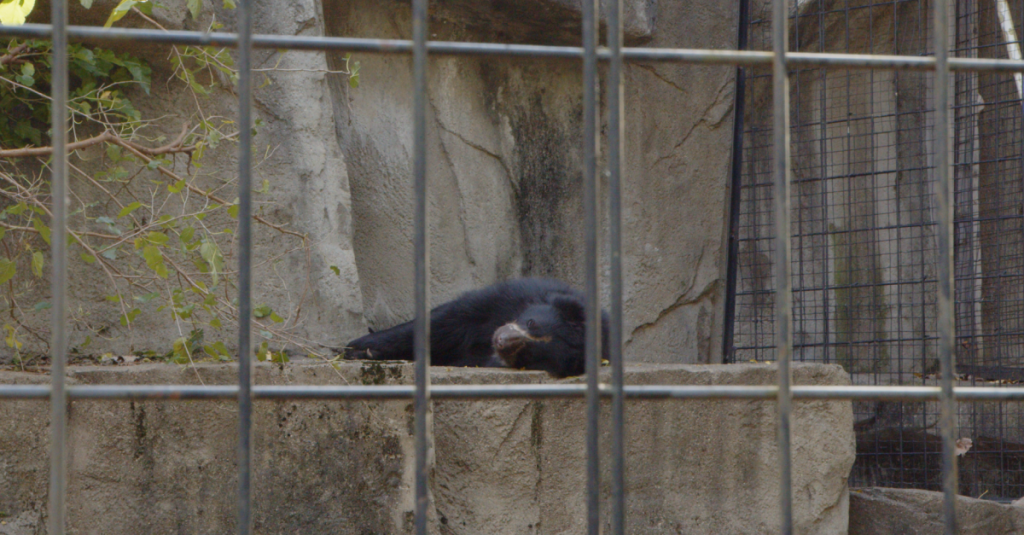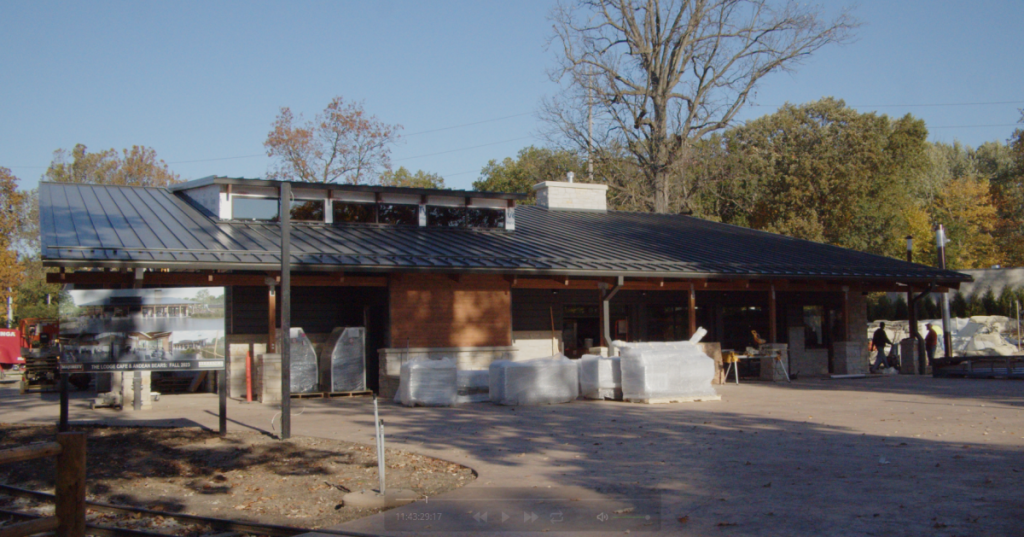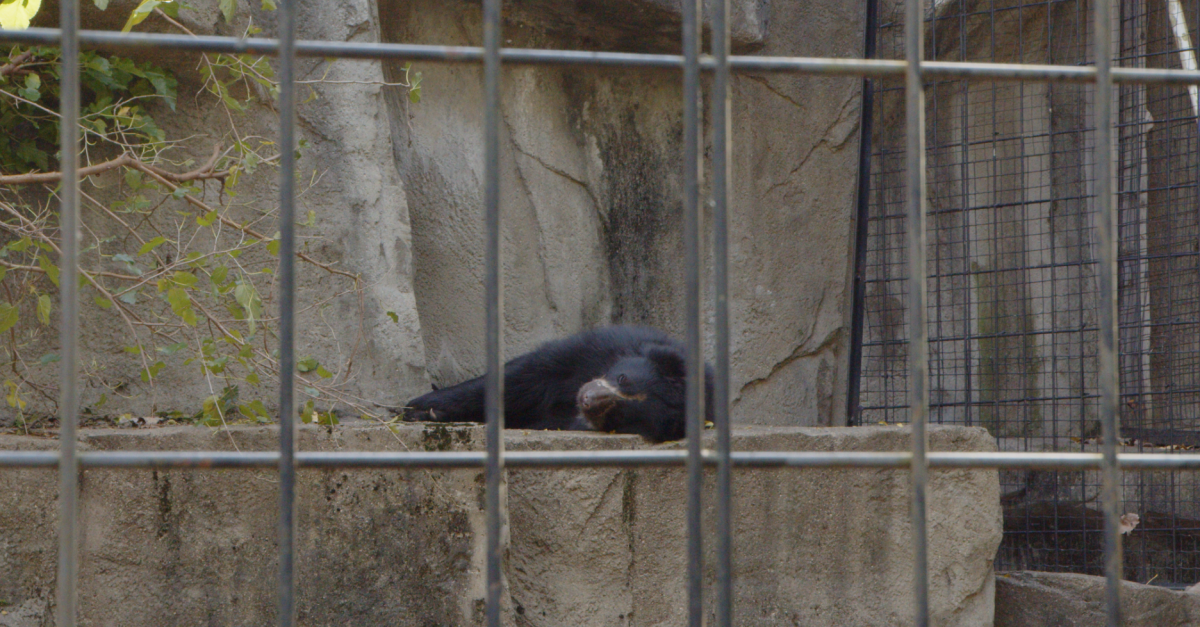In an exclusive interview with the zookeepers at the recently expanded Patawottomi Zoo, we delve into the world of Andean bears, and their new resident, Muniri. The Wildlife Sanctuary has introduced a brand new habitat for Muniri, emphasizing behavioral enrichment, veterinary care, and conservation efforts.

Enriching Muniri’s World:
When asked about providing mental and physical stimulation for Muniri, the zookeepers revealed a behavioral enrichment program tailored to each species. Muniri’s daily routine includes activities that stimulate various aspects of his natural behavior. According to the keepers, Muniri particularly enjoys browsing, training sessions, and foraging, which not only entertain him but also contribute to his overall well-being.
“Muniri really enjoys browsing (Tree branches with leaves)… He also enjoys foraging for food. Another great enrichment is training time with the keepers. Trained behaviors stimulate activity,” shared one of the zookeepers.
Social Dynamics and Future Plans:
Addressing the social behaviors of Andean bears, the zookeepers explained that mature males are typically solitary, only coming together with females during the breeding season. The zoo’s plan to introduce another male and eventually a female aims to provide Muniri with social stimulation. With only 60 Andean bears in US zoos, the facility plays a crucial role in the conservation of this species.
“There is a good chance they will not be able to live together but will have the stimulation of having another bear in sight. The eventual plan is to have a female to breed with him,” shared the zookeepers.
Diet and Veterinary Care:
When it comes to Muniri’s diet and veterinary care, the zookeepers highlighted the similarities between his captive and wild diets. The bear receives a specially crafted bear biscuit along with a variety of fruits and vegetables. The veterinary care includes a non-intrusive training program that allows voluntary blood draws and regular health monitoring.
“Muniri is trained to offer his arm for voluntary blood draws… Each year, all of our animals receive the necessary vaccinations depending on the species,” explained the zookeepers.
State-of-the-Art Enclosure:
The soon-to-be-completed 10,000-square-foot habitat boasts unique features catering to Andean bears’ specific needs. From a waterfall and pool for swimming to a hollow log for daytime rest and specialized devices for foraging, Muniri’s new home is designed to ensure his physical and mental well-being. It will also include a brand-new spot for visitors to sit down and grab something to eat.
“He will have trees and logs for climbing and mulch pits for digging… This will promote foraging throughout the day,” the zookeepers elaborated.

Conservation and Future Plans:
The decision to bring Muniri to the Wildlife Sanctuary was motivated by the importance of the breeding program for Andean bears, with only a limited number left in zoos. The Wildlife Sanctuary is committed to contributing funds generated by admissions to conservation work aimed at saving Andean bears in the wild.
“Andean bears joining our zoo is just another positive step… We are looking forward to contributing to this work to save this species,” expressed the zookeepers.
The Wildlife Sanctuary’s expansion and the introduction of Muniri mark a significant stride toward modern zoological practices, focusing on education, conservation, and positive animal welfare. As Muniri settles into his new habitat, the Wildlife Sanctuary remains dedicated to ensuring the well-being of Andean bears and contributing to their conservation in the wild.

